Information aboutTrojan.DNSChanger.ACMB2
Trojan.DNSChanger.ACMB2 is skilled at taking root deeply into computer system as a long-stand malware, which triggers seizes of system problem and make the whole system can't operate normally. Usually, users get infected by Trojan.DNSChanger.ACMB2 via vising unsafe websites, downloading unsafe files from untrusted websites or clicking links with malicious code. Luckily, the time has come for computer users to take concrete action to uproot it rather than wait for relevant problems to just go away.
Trojan.DNSChanger.ACMB2 Harms Computer System without Any Sympathy.
Feedbacks from affected computer users and study results released by IT technicians tell that Trojan.DNSChanger.ACMB2 is blame for a series of system problems. Among all those difficult situations such as browser being frozen, poor performance in system running or unstable internet connections, remote hacking is the most headachy one.
Trojan.DNSChanger.ACMB2 has been found opening backdoors to all types of computer infections (e.g. browser hijacker, adware, scamware) and also remote hackers who target at your online private data. In case it sticks around, data theft and privacy infringement would hit the poor users as a matter of time. Anyone who is intended to stay safe from serious damage should go for immediate action and drive away Trojan.DNSChanger.ACMB2 once and for all. Additionally, using troubleshooting anti-virus program could contribute to system and data security as well.
If you want to fix your PC and safeguard your privacy, you need to get rid of Trojan.DNSChanger.ACMB2 ASAP. Read this following removal guide below and learn how to remove it completely.
Instructions to Remove Trojan.DNSChanger.ACMB2 effectively.
For Windows users:
Solution 1: Remove Trojan.DNSChanger.ACMB2 easily by Plumbytes Anti-malware.
Solution 2: Remove Trojan.DNSChanger.ACMB2 manually if you know computer well.
For Mac users:
Solution 3: Remove Trojan.DNSChanger.ACMB2 easily by Macbooster.
Solution 4: Remove Trojan.DNSChanger.ACMB2 manually if you know Mac well.
Solution 1: Remove Trojan.DNSChanger.ACMB2 easily by Plumbytes Anti-malware.
What will Plumbytes do for your computer?
Malware Detection
Cutting-edge technology allows for the detection and removal of malware that your antivirus will miss. Anti-malware tool will constantly monitor your computer and remove Trojan.DNSChanger.ACMB2, unwanted browser toolbars, add-ons, and extensions.Premium Support
Absolutely Free 24/7 Technical Support by our IT Experts.Spyware Detection
New search algorithms will help you to detect and remove the most recent adware, spyware, and PUP.Basic Security threat Detection
Stay safe browsing the Internet.Browser “Anti-Hijack” Protection
Complete protection against browser hijackers like Trojan.DNSChanger.ACMB2.Fast Scan
Our multi-thread scan algorithm works up to 5 times faster than any other.Click the button to install Plumbytes to fix Trojan.DNSChanger.ACMB2 issue:
You can run a scan to detect Trojan.DNSChanger.ACMB2 after you activate the full version of Plumbytes
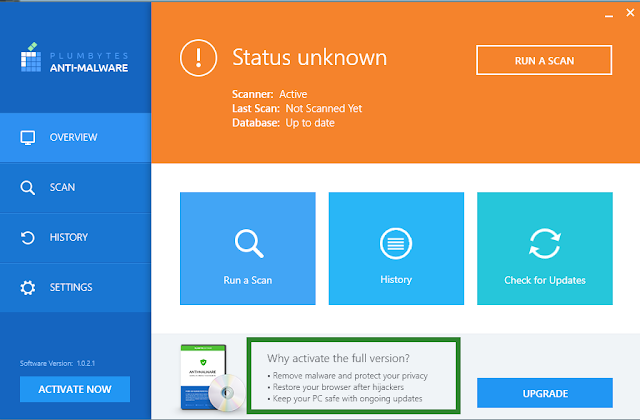
You are offered 3 options to scan your infected PC: Smart Scan, Full Scan and Quick Scan.
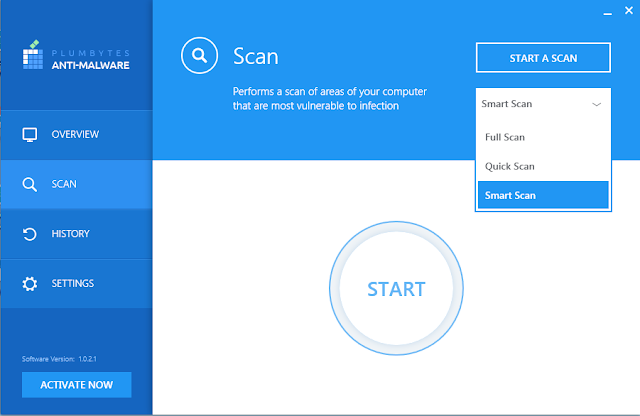
Once Plumbytes detects Trojan.DNSChanger.ACMB2, it will remove it completely out of your PC. If you need more help, you can ask help from Free 24/7 Technical Support by our IT Experts.
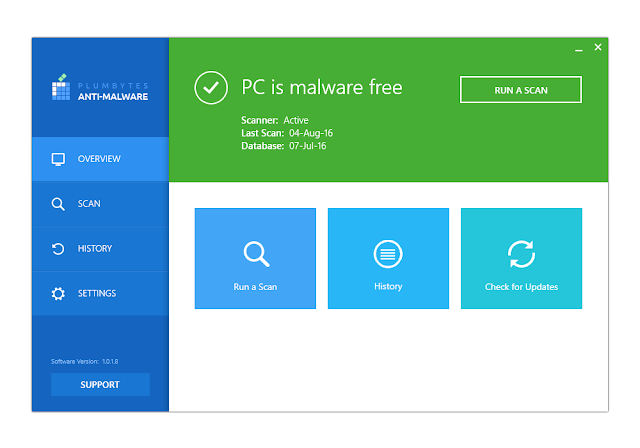
Solution 2: Remove Trojan.DNSChanger.ACMB2 manually if you know computer well.
Windows 10:
- Click Start menu ->click All apps -> Check programs list and find out suspicious programs related to Trojan.DNSChanger.ACMB2
- right-click on the selected program and click Uninstall
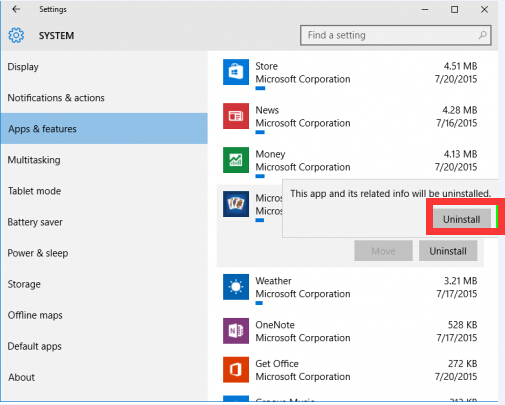
Windows 8
– right click Start ( which is on the left corner of your PC) > open Quick Access Menu
– select Control Panel > click Control Panel > click Uninstall a Program
– search for programs related to Trojan.DNSChanger.ACMB2 and other suspicious programs > click Remove to get rid of them
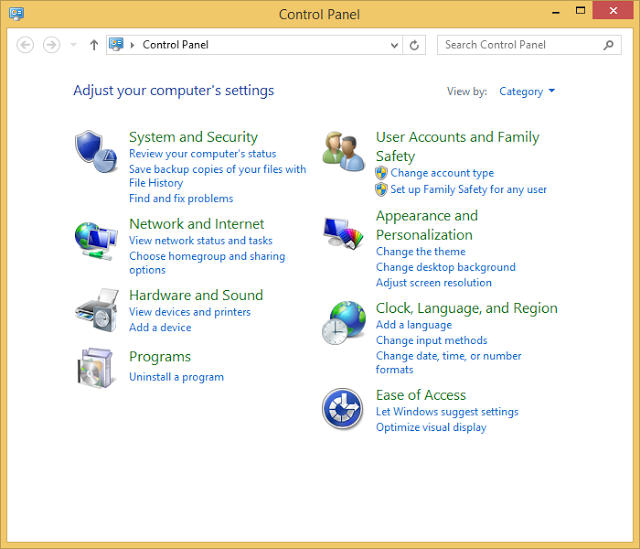
Windows 7
– click Start > Control Panel> Program and Features
– scroll through the program list and select junkware related to Trojan.DNSChanger.ACMB2> click Remove
Windows XP
– click Start > Control Panel > search for and double click Add/Remove Programs
– scroll through the program list and highlight doubtful programs related to Trojan.DNSChanger.ACMB2 > click Remove
Step B: reset your infected browsers ( Edge, Internet Explorer, Google, Firefox)
Microsoft Edge
— Open the More actions in Edge by clicking on the (…) icon.more actions edge

— click Settings, navigate to Clear browsing Data and click on the button labeled as Choose what to clear.

— Check the boxes including Browsing History, Cookies and saved website data, cached data and files, click on the grey Clear button in order to reset the browser to its default.

— Open the Task Manager after the clearing process is completed . Press Win + X and selecting the task manager from the list. Inside the task manager, right click on the Microsoft Edge and select Go to details.

— Right click on Microsoft Edge exe and select the End task. Do the same for anything named with Microsoft Edge. It would force close the Edge browser services and when you will open the browser again, the entire browser will be reset.
Internet Explorer
–> open IE > click Tools > click Options> Advanced>choose Reset >tick Delete Personal Settings >click Reset to finish resetting browsers

Google Chrome
–> Click 3-bar-icon > click b> choose Extensions> look for Trojan.DNSChanger.ACMB2 extension and other suspicious ones
— > click the suspicious extensions icon and click the trash can to remove them for Google Chrome.
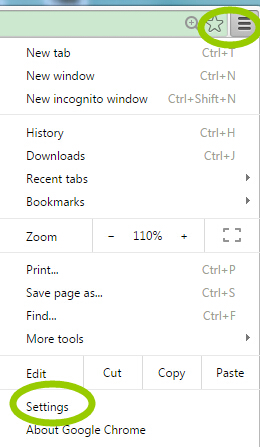
Firefox
–> open Firefox >click Help> click Troubleshooting Information > click Refresh Firefox > click Refresh Firefox again
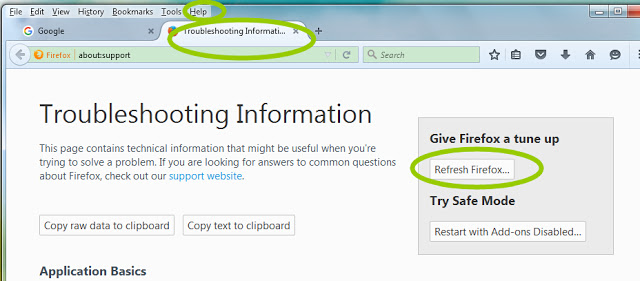
Step C: remove Trojan.DNSChanger.ACMB2 files from C drive
–> click Start > click Computer > click C drive > click Program Files > search for files created by Trojan.DNSChanger.ACMB2 and remove the suspicious files at the same time
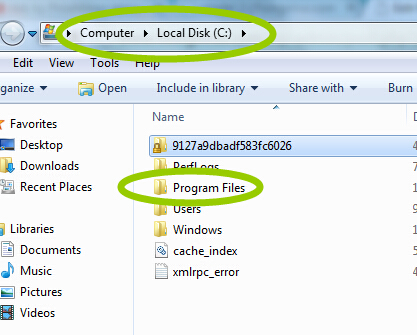
Step D: restart your computer to take effect.
Solution 3: Remove Trojan.DNSChanger.ACMB2 easily by Macbooster.
Download and use Macbooster to remove Trojan.DNSChanger.ACMB2:
Powerful Mac Maintenance tool For Your Mac!
What MacBooster 4 can do for your Mac?
- Improve your Mac performance
- Detect and remove Trojan.DNSChanger.ACMB2 and other malware and virus coming with Trojan.DNSChanger.ACMB2
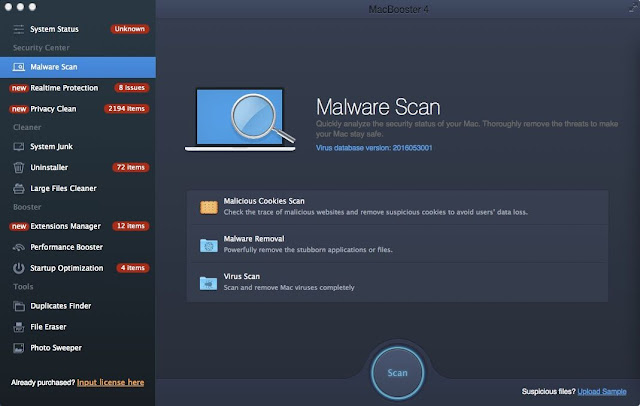
- Speed up Your Mac and let it run faster
- Clean up your Mac to release the disk space
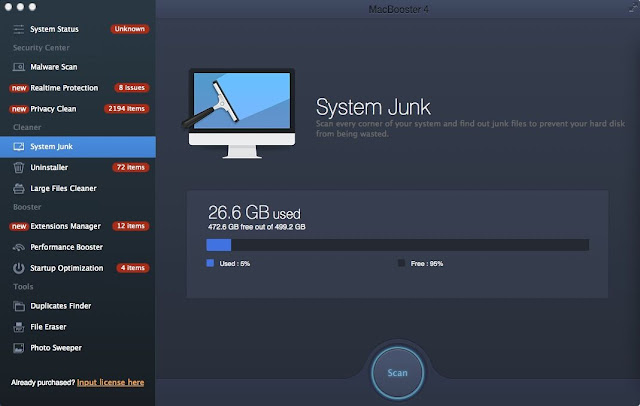
- Secure your Mac from spyware, theft and data loss.
- Uninstall unwanted apps completely
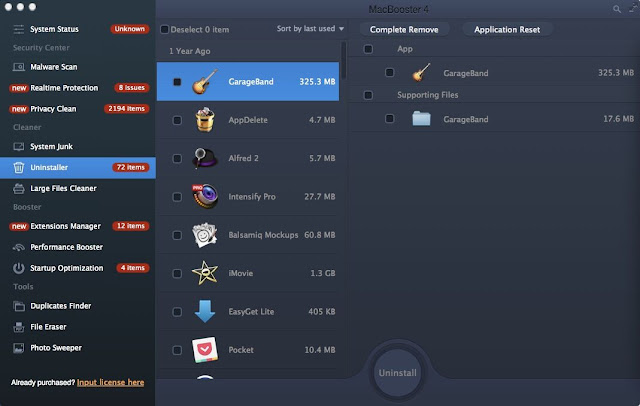
Solution 4: Remove Trojan.DNSChanger.ACMB2 manually if you know Mac well.
1. Force Quit Safari
Way 1
First, by clicking the Apple logo in the Menu Bar and selecting Force Quit. Alternatively, you can bring up this same window by using the keyboard shortcut Command-Option-Escape.
Just highlight Safari and click the Force Quit button to quit it.

Way 2 allows you to force quit any frozen app
Open Finder, go to Applications folder, then Utilities folder, open Activity Monitor by clicking the shortcut.
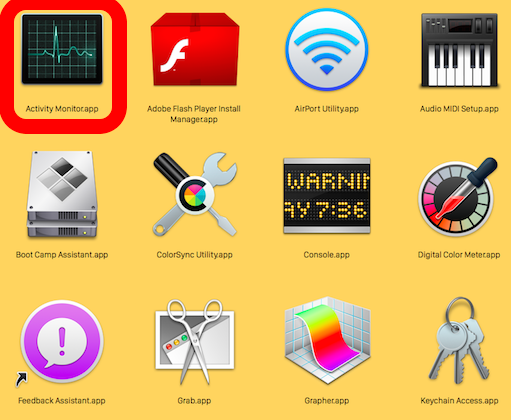
2. Find Safari in the list of running processes. Double click Safari and a window will open that will allow you to kill the Safari process.
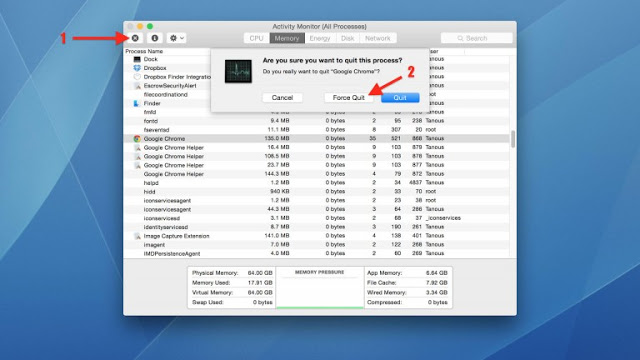
3. Go into the Library folder to the Saved Application State folder. Find the folder named com.apple.Safari.savedState and delete the contents. Restart Safari.
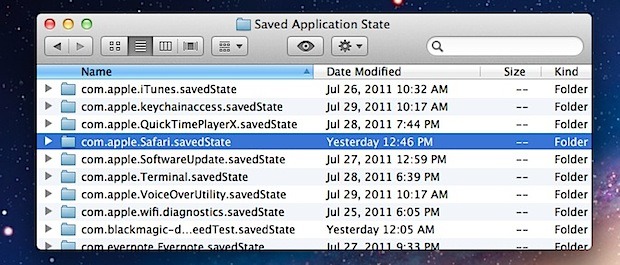
Go to Safari preferences to the Privacy tab. Click on the Remove All Website Data button to remove cookies etc. Then go to Safari / Reset Safari and reset.
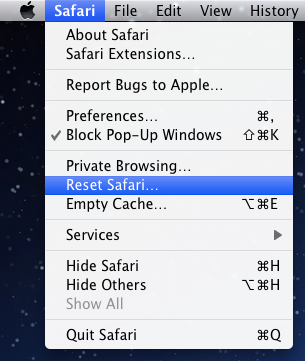
Importance
Since many victims of Trojan.DNSChanger.ACMB2 are not computer/Mac savvies, they are suggested to use the safe and quick Trojan.DNSChanger.ACMB2 removal to to help fix the annoying issue. Thus, they can avoid wasting time or making system crash. Why hesitate to get the best servant for your computer/Mac? Plumbytes or Macbooster is the quick and easy tool you can easily get to solve Trojan.DNSChanger.ACMB2 problem.



No comments:
Post a Comment